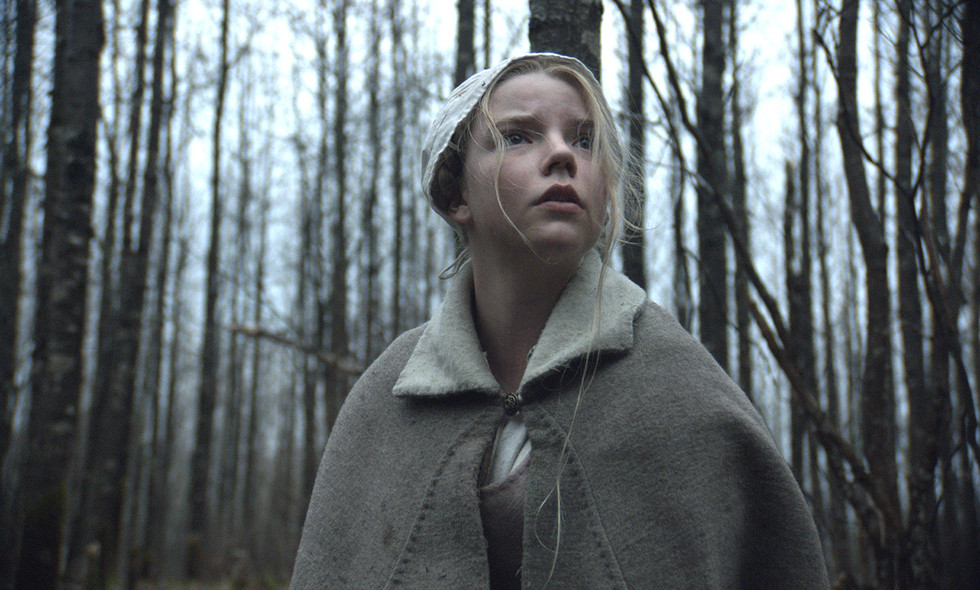
What is horror? The dictionary describes horror as “an intense feeling of fear, shock, or disgust”. These three approaches to horror represent three different styles of the horror movie. Horror movies designed to create a feeling of fear is what horror movie purists would refer to as a true example of a horror movie.
However, the current state of affairs within the horror genre indicate a predilection to horror utilising the latter approaches; through the use of jump scares to shock the audience and create quick (often, but not always, cheap) reactions and through torture porn films like The Human Centipede (2009) that exist solely to disgust the audience.
In this list we’re looking at the films that use techniques, codes and conventions to create an intensely scary atmosphere and a wholly unsettling experience for the viewer rather than relying on jump scares to create a feeling of repulsion. Therefore, many would argue that these films are therefore more exemplary examples of the horror genre and some of the best offerings that the divisive genre has to offer.
10. Nosferatu (1922)
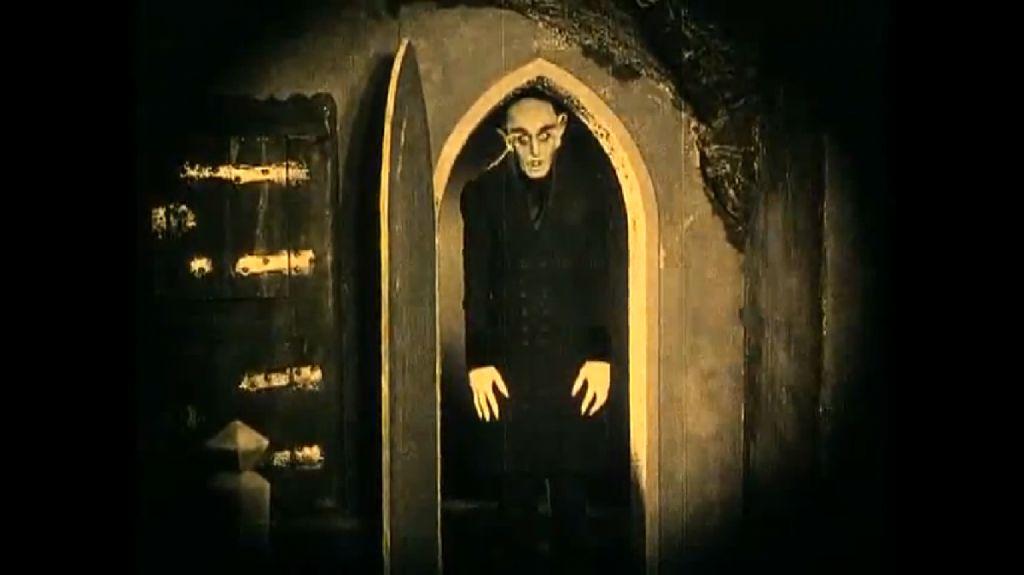
Jump scares didn’t develop as a trope in the horror movie until the late 1970’s and early 1980’s with the progenitors being the climactic scenes of both Carrie (1976) and Friday the 13th (1980) which used shocking endings as a farewell scare to the audience before they left the cinema.
It makes sense then, that a film made over 50 years before these movies features none of these jumps at all. What is surprising however, is how nearly 100 years on from its release Nosferatu continues to be a genuinely unsettling film with a masterfully created atmosphere of fear and suspense.
Nosferatu is an unauthorized adaption of Bram Stoker’s Dracula and follows the plot almost beat for beat albeit with names changed in a failed attempt to avoid copyright (a court deemed the film an adaption and ordered all copies of Nosferatu destroyed however luckily a few survived).
However, Nosferatu also contributed several elements to the vampire mythos that were totally original, such as the name Nosferatu itself, which is of course now synonymous with vampire. And not forgetting of course the signature appearance of the vampire.
In fact, the film is perhaps most remembered today for the appearance of Count Orlok which is still one of the most striking images in cinema. The original novel simply describes Dracula as a tall, thin man clad in black. Nosferatu moves away from this creating an inhuman, demon like figure in the Count that is unsettling to all those who witness the being.
This is aided by the early but ingenious cinematography showcased most brilliantly in a scene where Orlok ascends some stairs to attack a sleeping woman where the shadows precede the Count himself in a most eerie fashion. Overall, this film remains one of the first and most timeless examples of horror cinema in a time long before jump scares were even a trope.
9. Henry Portrait Of A Serial Killer (1986)
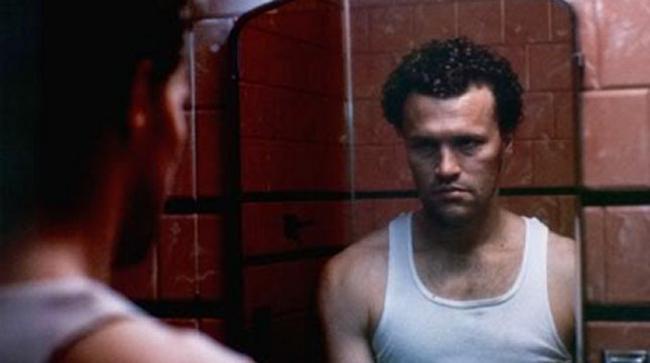
Whereas Nosferatu goes for a surreal, almost dreamlike take on the horror genre this next film applies a completely oppositional approach; using its real-world grounding to create a terrifying film.
Henry is based on real life serial killer Henry Lee Lucas who claimed (very dubiously) to have killed around 600 people. This film focuses on a fictionalised version of Henry and his fantasies while also stylising to the maximum having Henry kill just about everyone he meets. Part of what makes this film so terrifying though is its grounding in reality.
At the time that this film was released supernatural slasher films were immensely popular with the Nightmare on Elm Street and Friday the 13th franchises both booming at the box office despite declining critical reception. This film serves as a socio-realist response to these movies with its own marketing claiming, “He’s not Freddy, He’s not Jason, He’s real!”
The film itself is an insight into a deeply disturbed and troubled mind portrayed with frightening realism by Michael Rooker and features some of the most shocking and violent imagery ever committed to celluloid.
Notable scenes (that censors had a tough time with) include: Henry killing a salesman with his own TV and then electrocuting the dead body with said TV, a man being stabbed in the eye with a comb and a very well-staged but disturbing set piece where Henry and his partner film themselves breaking into a family’s home and murdering them, which is one of the most meta moments the entire genre has produced.
The shocking imagery and realism combined with the lo-fi aesthetic (it was filmed on 16mm film with a tiny budget) of the film make a truly troubling movie that etches itself into the brain of anyone who witnesses its madness. Ands despite the ample opportunity it never lowers itself to using cheap shock tactics in the form of a jump scare.
8. Kill List (2012)
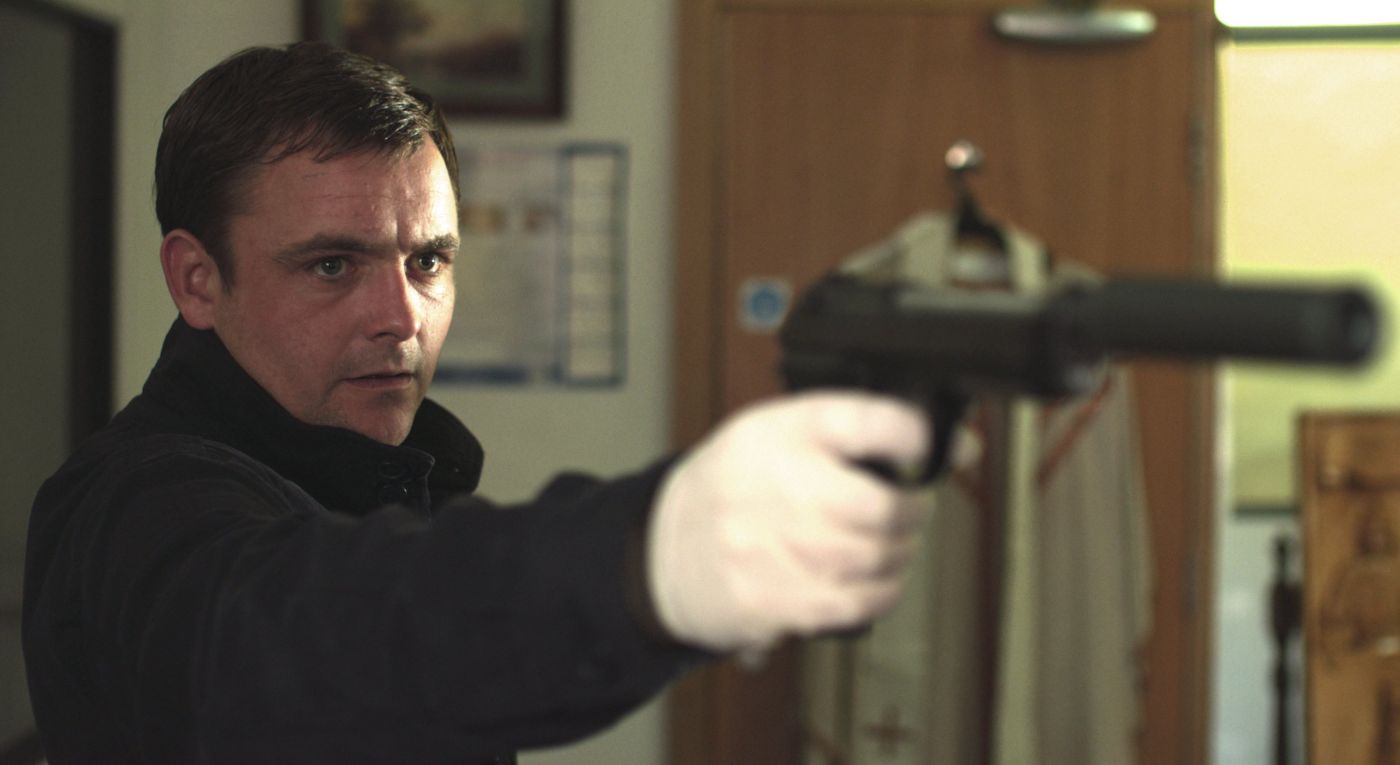
One of the most brilliantly unusual films of recent years, Kill List makes a dramatic shift in genre partway through its run time, evolving from a tight crime thriller into a surreal horror movie and handles both with equal mastery.
At a basic level, the film follows two hitmen who take a job from a mysterious employer who asks the pair to kill three men. As they start the job though they discover they have wandered into something much more insidious than either of them could have ever imagined.
Featuring an immensely talented cast (including underrated British actors Neil Maskell and Michael Smiley) Kill List understands the importance of pacing in cinema; drip-feeding the audience tantalising glimpses into the horror that lies beneath the movie.
The visual imagery is also darkly beautiful with some very effectively creepy cinematography that compliments the films grisly content making a great dichotomy between the beautiful and the ugly. All this of course, playing perfectly with the film’s themes of pagan horror.
Another part of what makes this film terrifying is its refusal to explain what is really happening, a style it takes from one of its more obvious inspirations The Wicker Man (1973) with the unknown motivations behind the film’s conclusion making its impact all the stronger. Overall, an overlooked masterpiece from a very talented filmmaker that deserves a look into from any fans of the genre who prize a slow burning descent into hell.
7. The Wicker Man (1973)
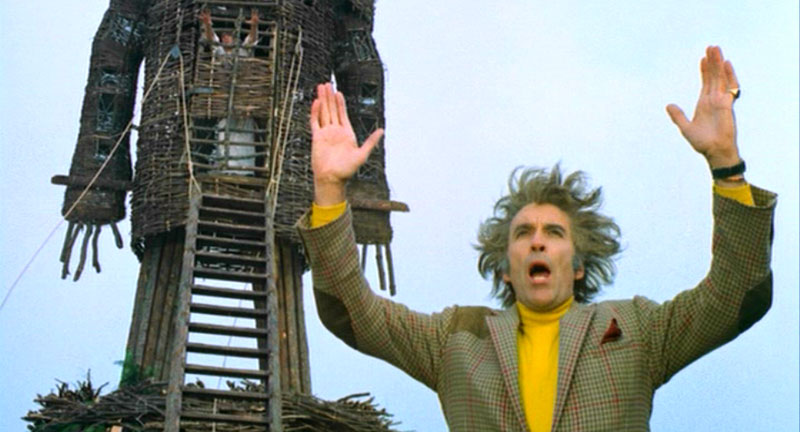
The theme of pagan horror makes an excellent segue into our next film which acts as an obvious inspiration for Kill List.
The Wicker Man sees fundamentalist catholic police Sergeant Neil Howie travel to a remote Scottish island looking for a missing girl. However, when he gets there nothing is quite right with the inhabitants on the island.
None of them seem to have any idea who the girl is (including her mother), the villagers spend most of their time teaching children about sex and to top it all off they’ve taken to worshipping the old pagan gods of nature as well as desecrating the local church; much to the dismay of Sergeant Howie.
The Wicker Man is a bizarre film to say the very least. The audience and Neil Howie share most of the movie’s runtime very unsure as to what is happening on the island which grows more and more insidious every moment Howie spends there, building to one of the most unexpected and shocking climaxes in film history.
It’s the films reliance on imagery and performances that make this film so sinister rather than a reliance on sudden sound effects and flashing images that more modern horror films fall back on all to readily these days. Of course, it’s the end of the movie that will stay with you forever though, with the sight of the burning man searing itself into the memory of all those who see this gem of a movie.
6. Cannibal Holocaust (1980)
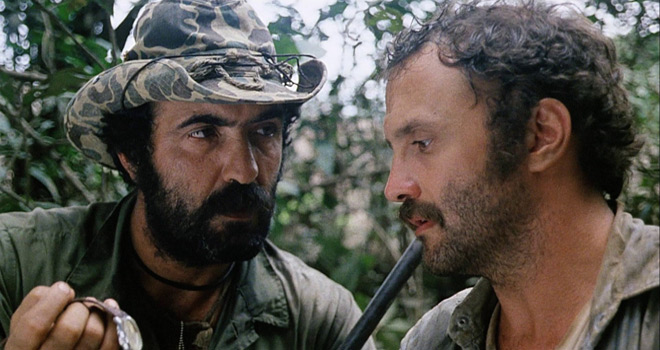
Possibly the most outright disgusting movie on this list (and I mean that in the most complimentary of ways) Cannibal Holocaust is a movie with such amazing realism that the director was actually tried for making a snuff movie at the time of its release; a charge which he struggled to prove his innocence against.
One of the first examples of the found footage form, the film shows an anthropologist recovering the footage of four young filmmakers who journeyed into the amazon rainforest looking for the last examples of cannibal tribes in order to make a sufficiently exciting documentary though. However, the line between civilised and savaged fades as the four partake part in acts of brutal violence against both the local tribes and the wildlife as they continue down a path of eventual self-destruction.
Featuring some of cinemas most depraved moments (both in front of and behind the camera) as well as merciless scenes of real animal deaths Cannibal Holocaust is basically 96 minutes of non-stop visceral horror and physical repulsion.
However, it is the descent of the characters further into their jungle and, as a result, their slip into savagery that makes the film so terrifying; it essentially suggests that even the best of man is never far away from regressing back to a more primal stage of evolution where survival is truly only of the fittest.
Occasionally a very thoughtful film and always a disturbing one, this ones for only the most resilient of horror fans with the strongest of stomachs but for those that do make the watch, the reward is a truly unique and unforgettable example of the savage genre.